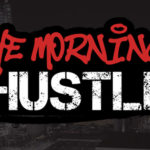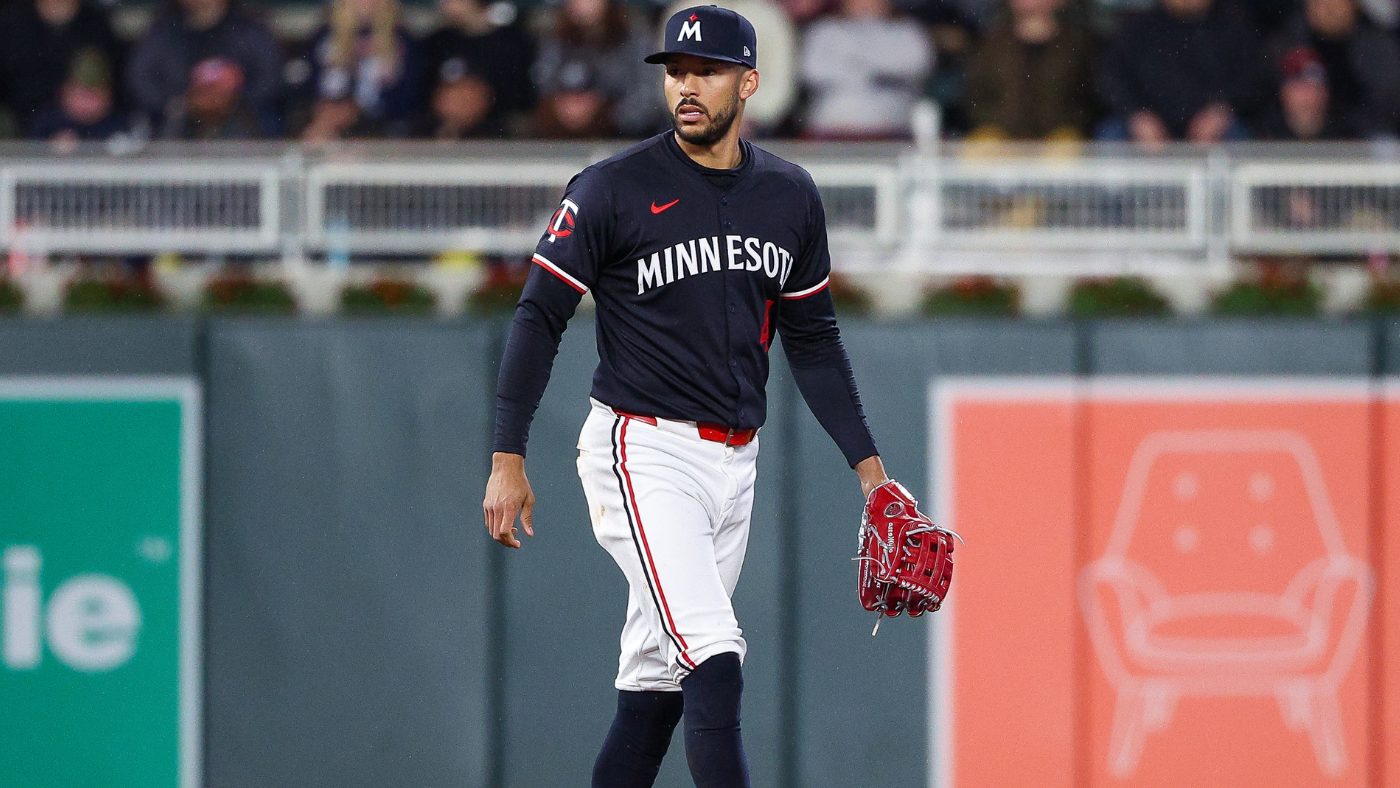‘Nowhere near as angry’: Sketch artists prepare for historic Trump criminal trial
Written by ABC Audio ALL RIGHTS RESERVED on April 13, 2024
(NEW YORK) — When veteran sketch artist Christine Cornell draws former President Donald Trump, she searches for details.
“He’s got some very pretty qualities,” Cornell said. “I like the way his eyes have a kind of cat-like slant. I like his bushy eyebrows that are like caterpillars. I like that little pouty thing he does.”
Cornell, along with her colleagues Jane Rosenberg and Elizabeth Williams, have had dozens of opportunities to sketch Trump since he became the first former president to be arraigned on criminal charges last April, with Trump attending multiple days of his subsequent civil trials in New York. The former president has pleaded not guilty to falsifying business records in connection with a hush money payment his then-attorney Michael Cohen made to adult film actress Stormy Daniels just days before the 2016 presidential election.
For Cornell and her colleagues, capturing details like Trump’s hair — which Cornell describes as a “helmet” — or his unique facial expressions — which include a “pissed off look” according to Rosenberg — has become a routine exercise.
But in interviews with ABC News, the three New York-based artists acknowledged that Trump’s criminal hush money trial, scheduled to begin in lower Manhattan on Monday, carries a different weight.
Taking place in a spartan courtroom no larger than the size of a basketball court, the trial will be witnessed in person by approximately 60 reporters. Apart from a few photographs at the start of the day, cameras are banned from the room once the proceedings begin.
As a result, the task of visually portraying the trial largely rests in the hands of the three veteran sketch artists — deadline artists in the most literal sense of the term — whose pastels and inks will depict an unprecedented moment in American history.
“My whole life is going to revolve around this trial,” Rosenberg said. “My job is to capture the intangible quality … to capture the emotion that’s happening. I think an artist can do that.”
‘Smooth-talking real estate tycoon’
Trump, who this year attended nearly three weeks of his civil trials in New York, has become a regular subject for the three sketch artists, who all drew their first sketches of a younger Trump in 1986 when he testified in an antitrust lawsuit against the NFL.
Trump, then the owner of the New Jersey Generals football team, presented himself as a charming witness, according to Williams and Cornell.
“He’s got this swagger and charisma. He’s this smooth-talking real estate tycoon,” Williams said, describing the younger Trump as “more subdued.”
“He was a young handsome thing back then, but still just as arrogant,” Cornell said. “Nowhere near as angry.”
According to Rosenberg, that anger was palpable last year when she sketched Trump during his New York arraignment. Her sketch of Trump glaring at prosecutors went viral online in the hours following Trump’s historic court appearance, and the New Yorker put the sketch on the magazine’s cover.
“He had that pissed off look — ‘I’m mad, I can’t believe they’re doing this, how could they’ — and I think I caught it,” Rosenberg said.
Trump’s New York hush money trial — which is scheduled to take six to eight weeks — will provide Cornell, Rosenberg, and Williams with repeat business by working with wire services or other news outlets. Having Trump in the courtroom on a daily basis also gives them a steady subject to refine in their sketches.
“The more I draw somebody, the more I can ace them,” Cornell said.
They each acknowledged that they enjoy sketching the former president, whose unique features add character to their work. Rosenberg said she enjoys the expressiveness of his face and the “crazy hair” in his eyebrows.
“Nobody looks like Trump,” Rosenberg said.
Cornell added that Trump’s hue — famously described as orange — is less intense in person, and his hair appears to be less “artificial” than in the past.
“I see more gray coming in on the sides. He’s allowing that to happen. It’s also a little thinner than it used to be,” Cornell said.
Williams believes that the sketches of Trump’s court appearances will capture a more realistic view of Trump than cameras could ever offer.
“He’s posing for them. When they’re gone, you really see who he really is, his real reaction, his real expression,” Williams said. “The words are the harmony. The illustrations are the melody. That’s how you tell the complete picture.”
‘The only survivors’
As outdated as a drawing might seem in today’s digital world, sketch artists serve a unique purpose by distilling hours of court into a cohesive image, according to Sara W. Duke, a curator of popular and applied graphic art at the Library of Congress.
Subtle changes in expression, pivotal moments of testimony, or a remark from a judge can drastically change a jury’s perception of a trial. For example, according to Duke, Timothy McVeigh — who was convicted for killing 168 people in the 1995 Oklahoma City bombing — expressed little emotion during most of his month-long trial.
“Timothy McVeigh was stone cold until his mother testified — and then he broke down,” Duke said. “If you’re watching a televised trial, you might not remain interested long enough to watch that moment in time, but a courtroom artist is paid to notice the difference between somebody who refuses to show emotion and the moment in which they are compelled to show emotion.”
The work of sketch artists was driven by historical necessity, after photographers were banished from the courtroom due to the distracting nature of magnesium flash photography at the turn of the century. By 1937, the American Bar Association issued a policy prohibiting the use of still cameras and recording equipment in court. In the 1960s, a Texas businessman successfully appealed his conviction based on the presence of cameras in court, further entrenching the rules against cameras.
But that only heightened the public’s appetite for court reporting, which increased in the 1960s with the expansion of network news outlets, according to Duke.
CBS News, faced with the challenge of covering the trial of Jack Ruby — who murdered JFK assassin Lee Harvey Oswald in 1963 — helped pioneer the commercial sketch artist industry by hiring Howard Brodie, a former war artist, to sketch the trial. By the 1980s, more than 18 sketch artists flowed through the New York Court system, including Cornell, Rosenberg, and Williams.
Asked why she began sketching trials, Cornell said, “Out of desperation. It was a job also that immediately turned into repeat work.”
“Because I couldn’t make any money being a fashion illustrator,” Williams said.
“We’re the only survivors from back then,” Rosenberg said about herself and her two colleagues’ status as veteran New York sketch artists.
‘I gotta lose some weight’
As creatures of the court, Cornell, Rosenberg and Williams have drawn numerous historic figures who have had brushes with the law.
“If you’re famous and you get in trouble, I’m going to be there,” Cornell said.
Some subjects avoid being the focus of a sketch, while others play into the novelty of it, they said.
“Eddie Murphy was mocking me for drawing him. He was looking up and down, and did a little sketch of me on a Post-it,” Rosenberg said. Murphy offered her the sketch, which Rosenberg keeps among her own sketches in her New York apartment.
Others will attempt to influence their sketch.
“Leona Helmsley said, ‘If my hair is that messy, my husband should divorce me,'” Cornell recalled about the famous hotel magnate.
Rosenberg said that disgraced movie mogul Harvey Weinstein asked if she could make his hair fuller.
Mafioso John Gotti went as far as to send men to ask courtroom artists to reduce the appearance of his double chin — a message he reinforced by gesturing to the artists in court with his hand near his neck.
“That was intimidating,” Rosenberg said.
Williams described a different encounter with Gotti, when he silently approached her from behind to comment on why she did not draw him with a smile.
“I just froze. I said, ‘Well, I got one of you smiling at home. I will bring it in tomorrow,” Williams recalled.
Trump has also taken some interest in the courtroom sketch artists, according to Rosenberg, who said she frequently catches glances from the former president.
During his civil fraud trial last year, the former president offered Rosenberg feedback on some sketches during a break in the proceedings.
“I gotta lose some weight,” Trump remarked, according to Rosenberg.
Copyright © 2024, ABC Audio. All rights reserved.







